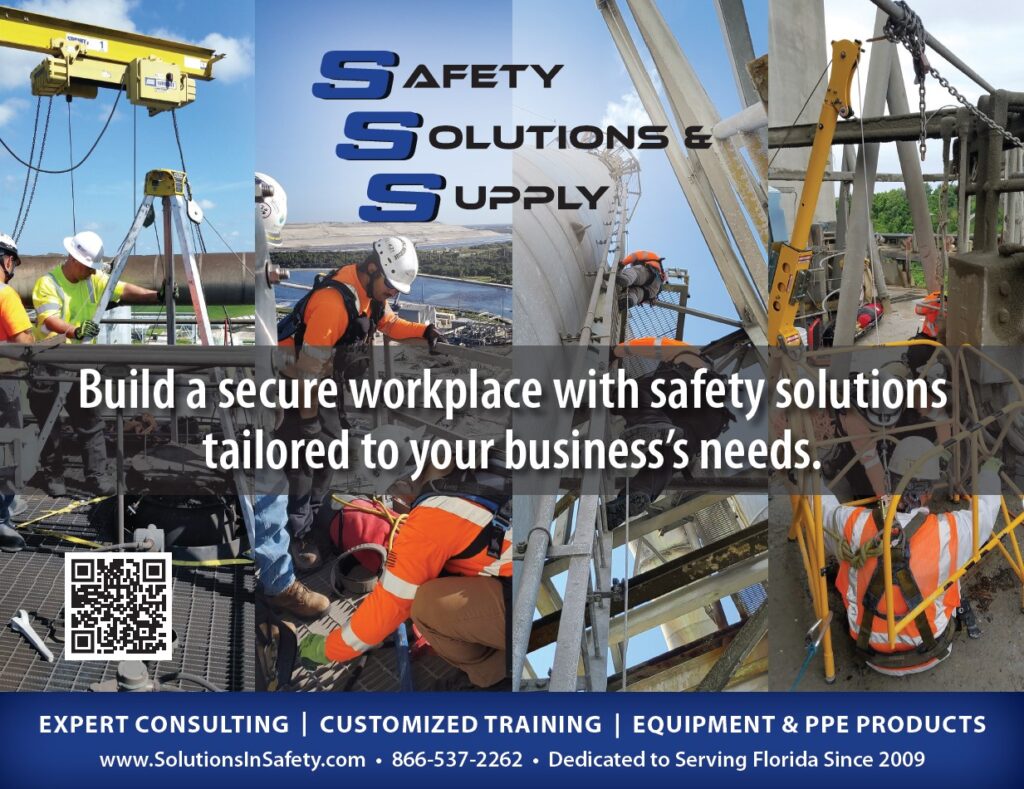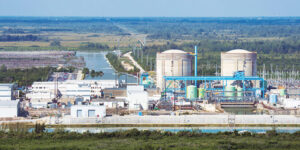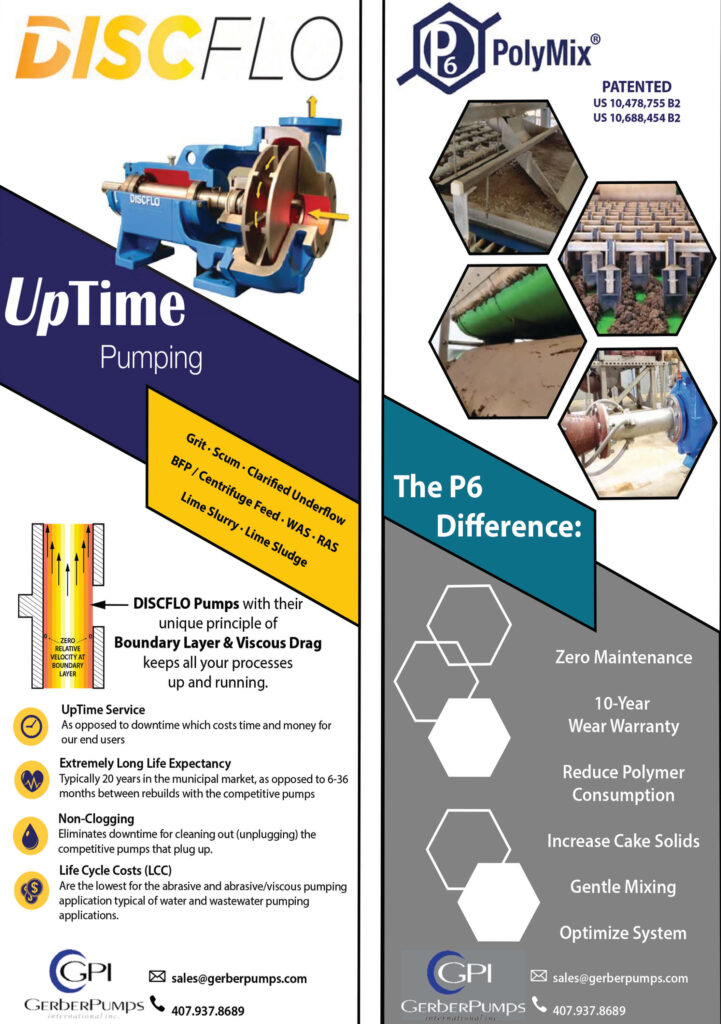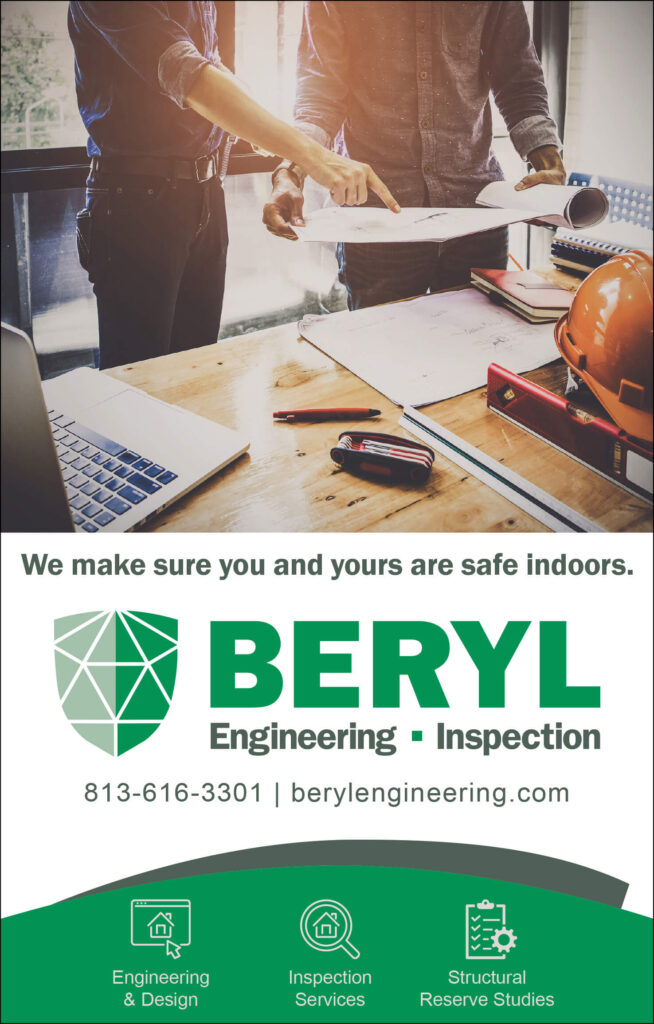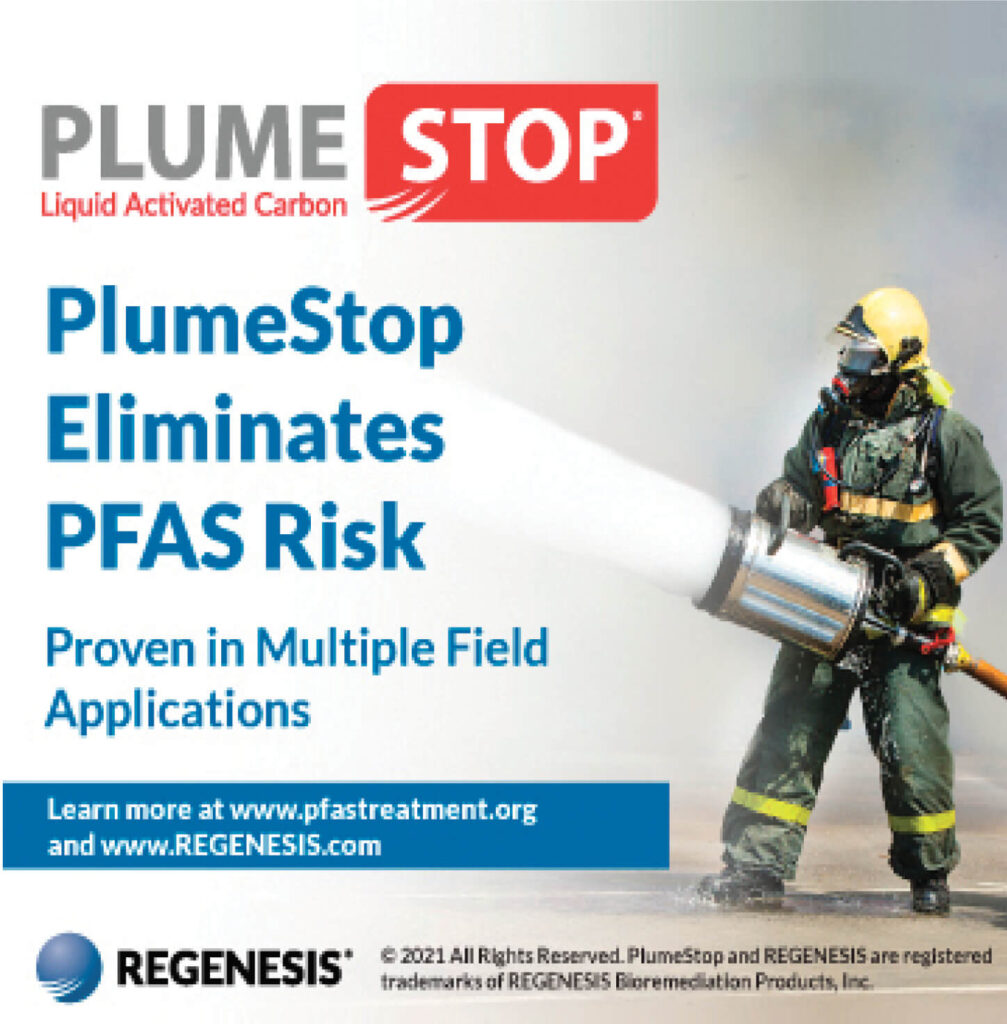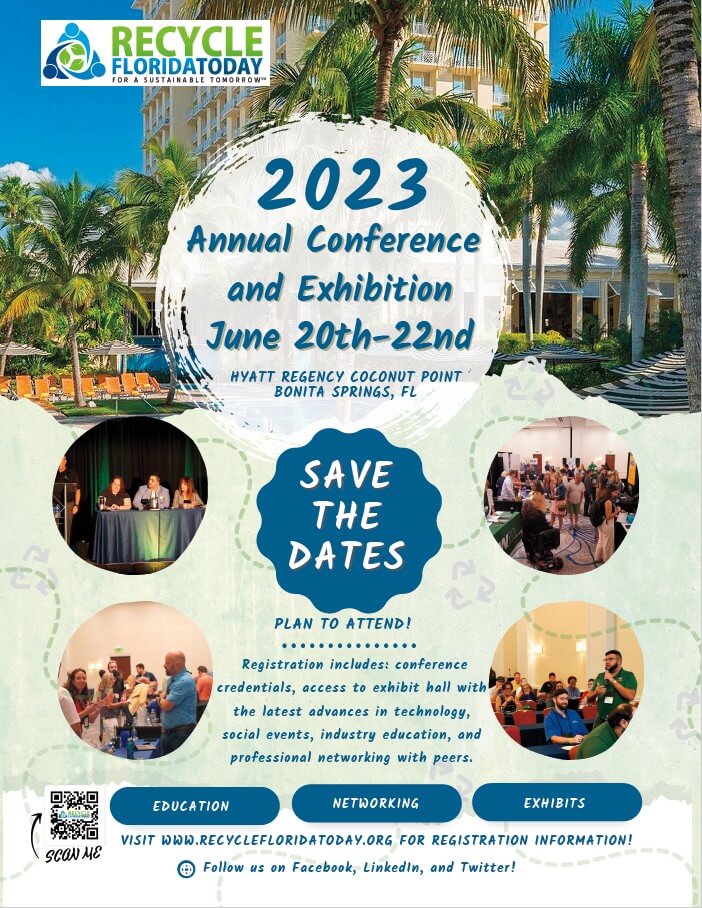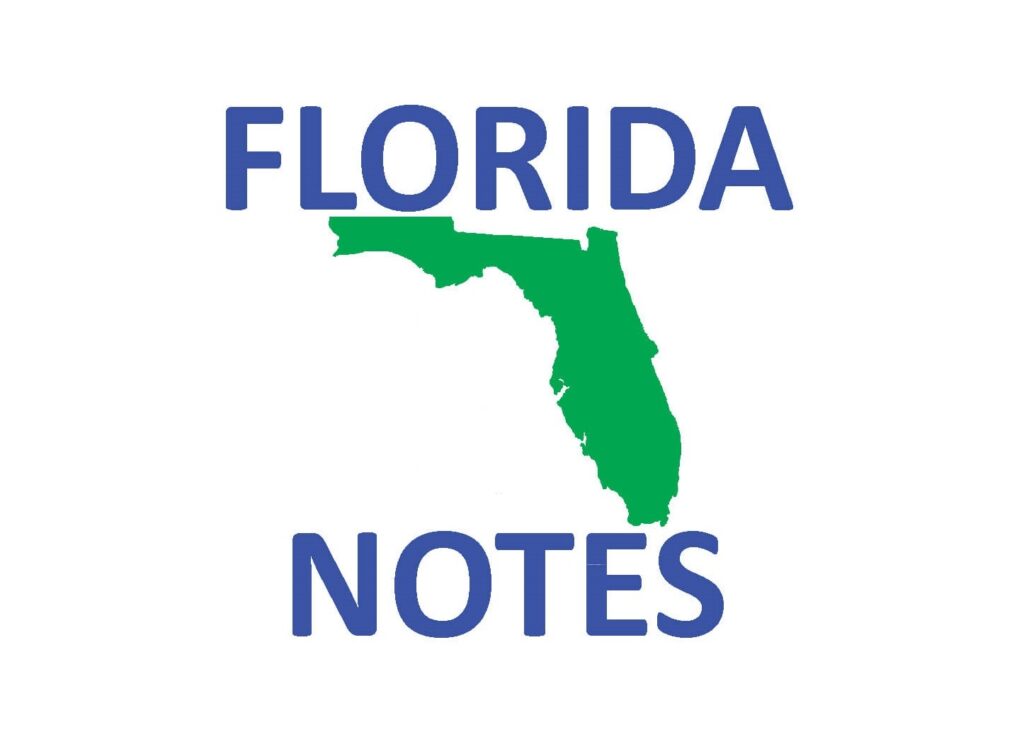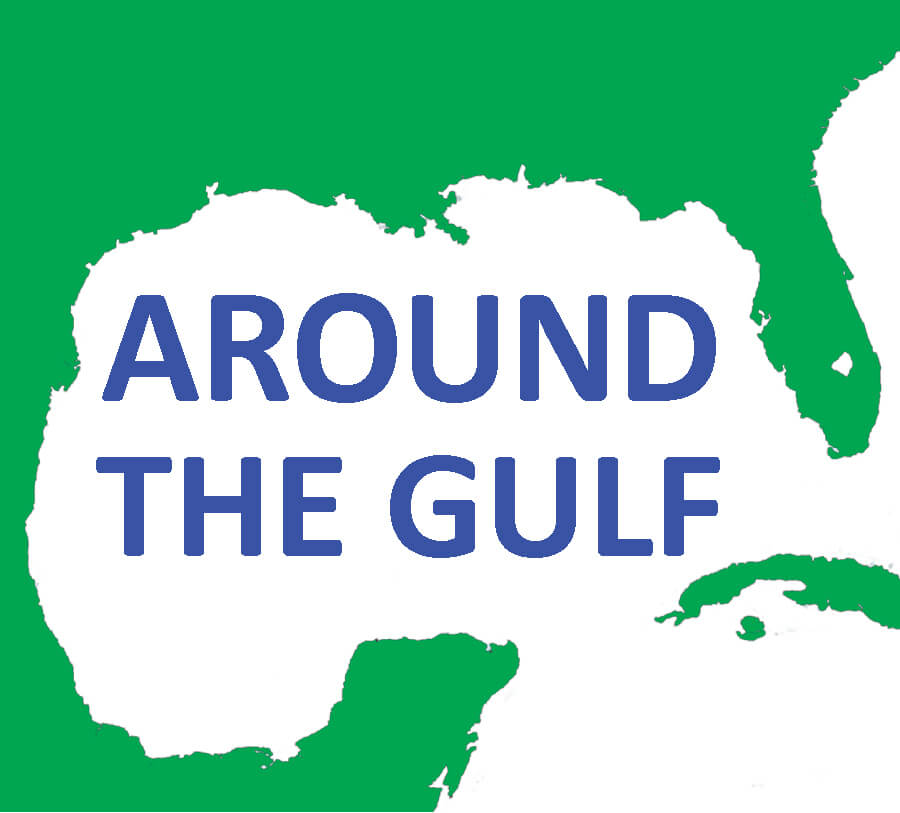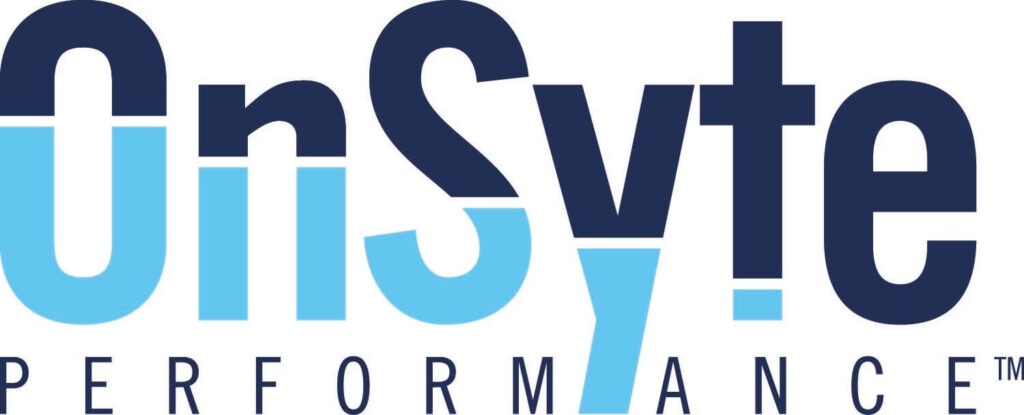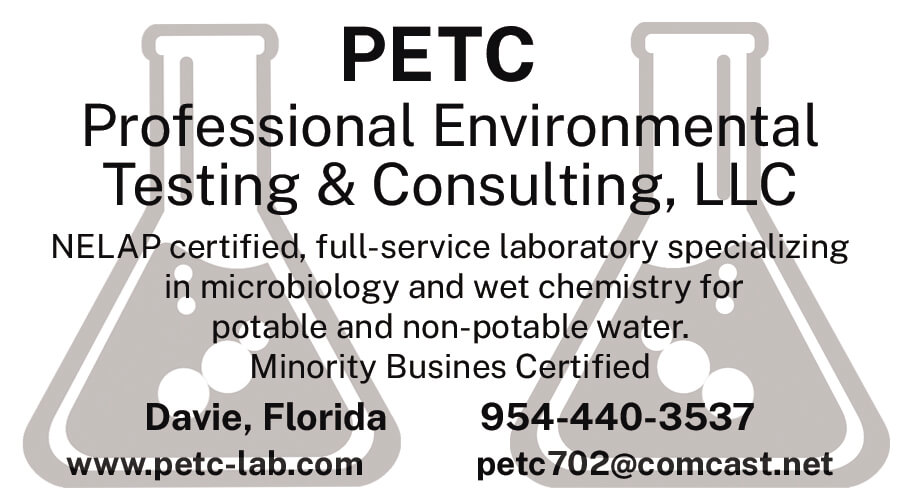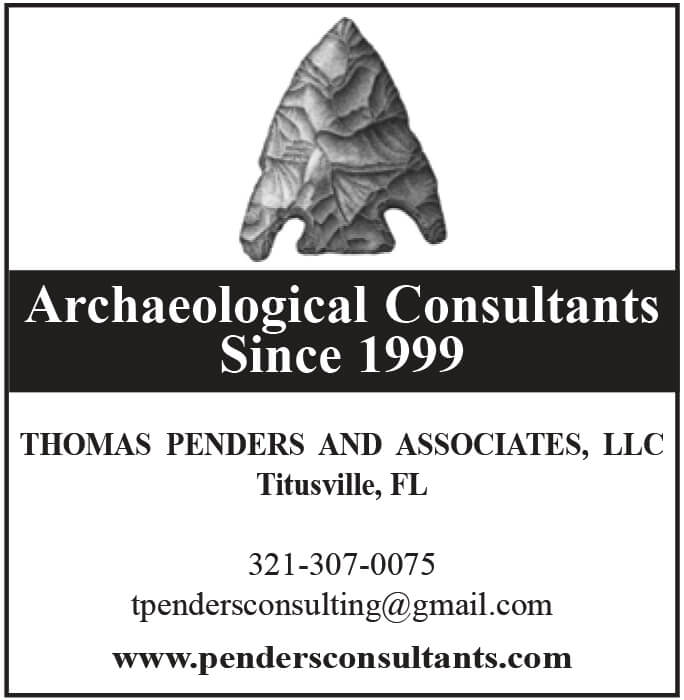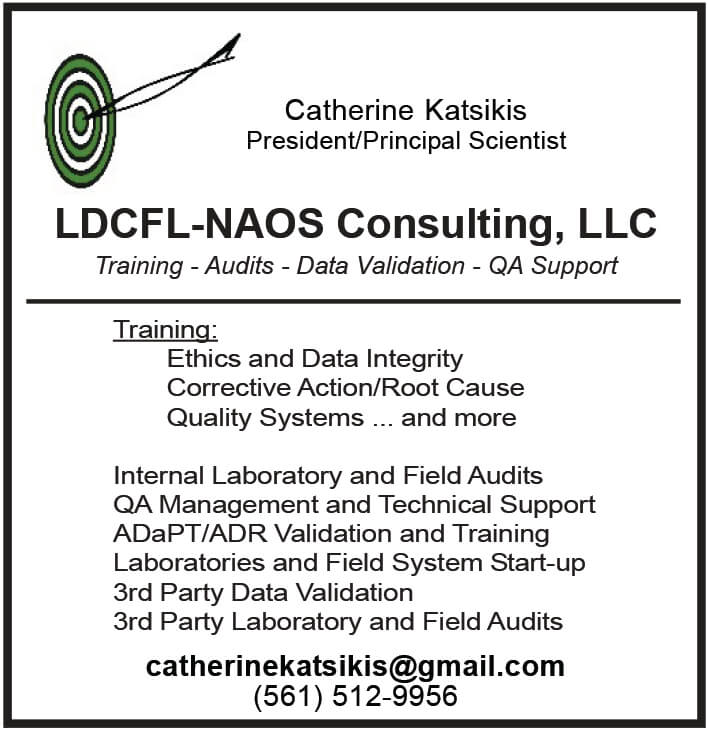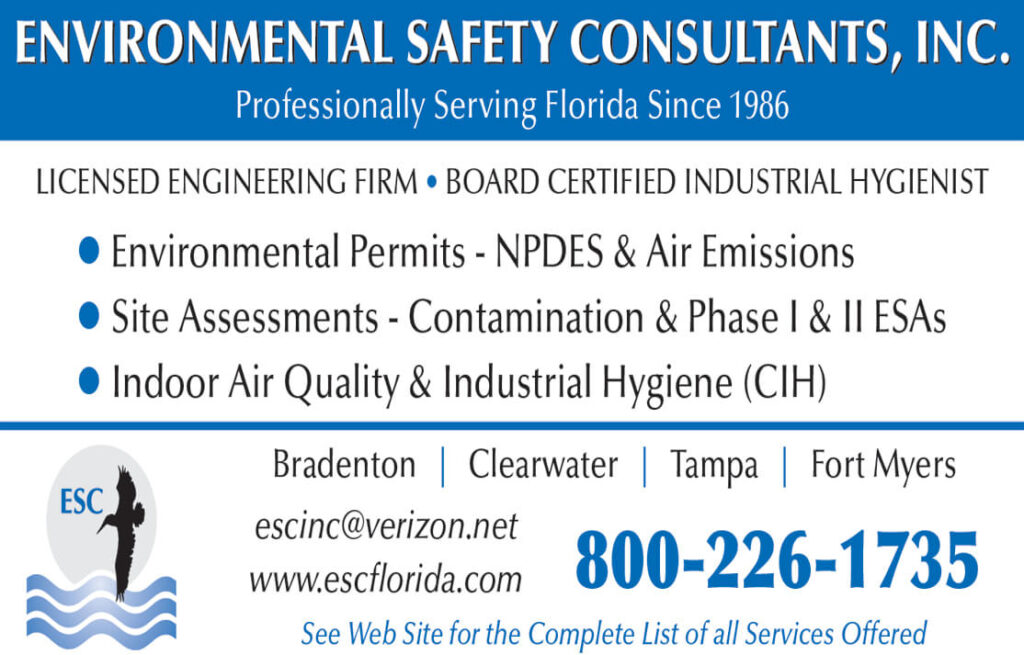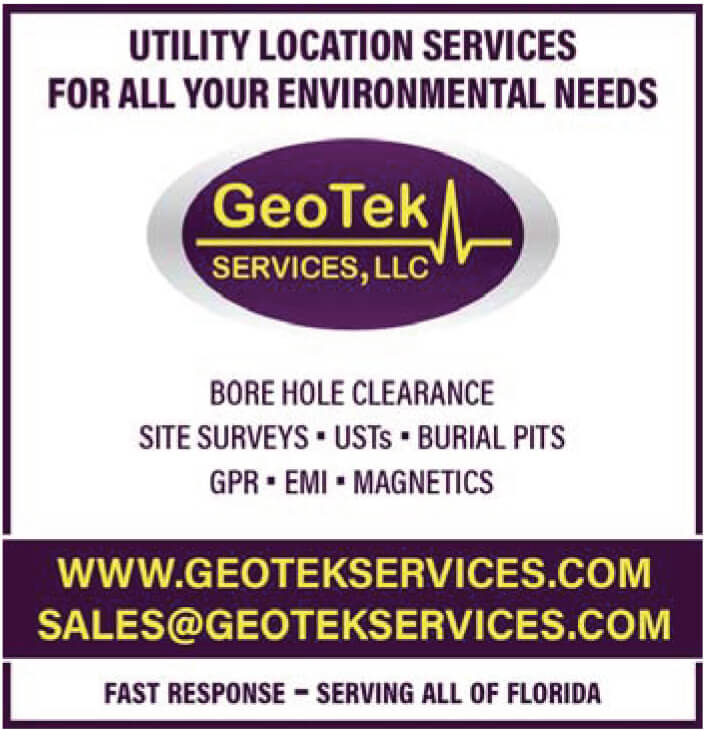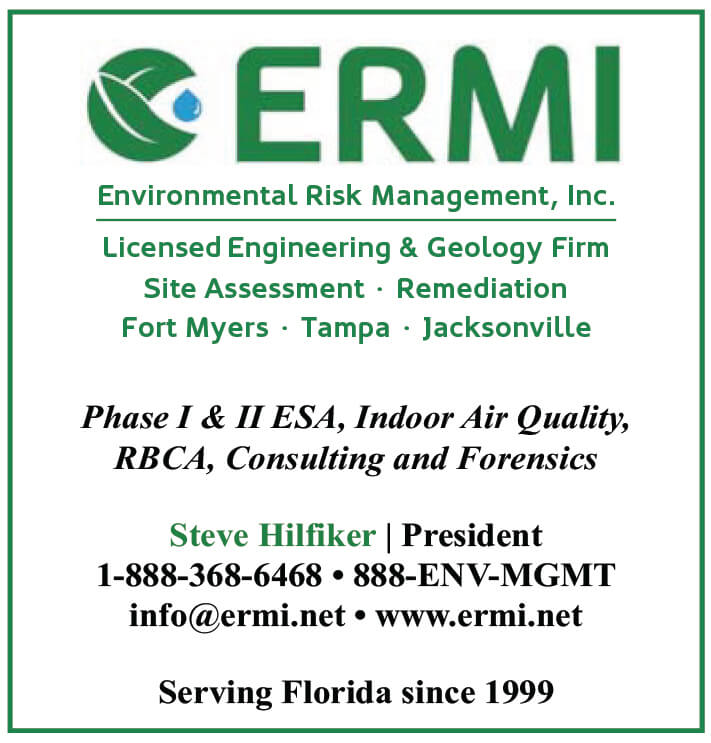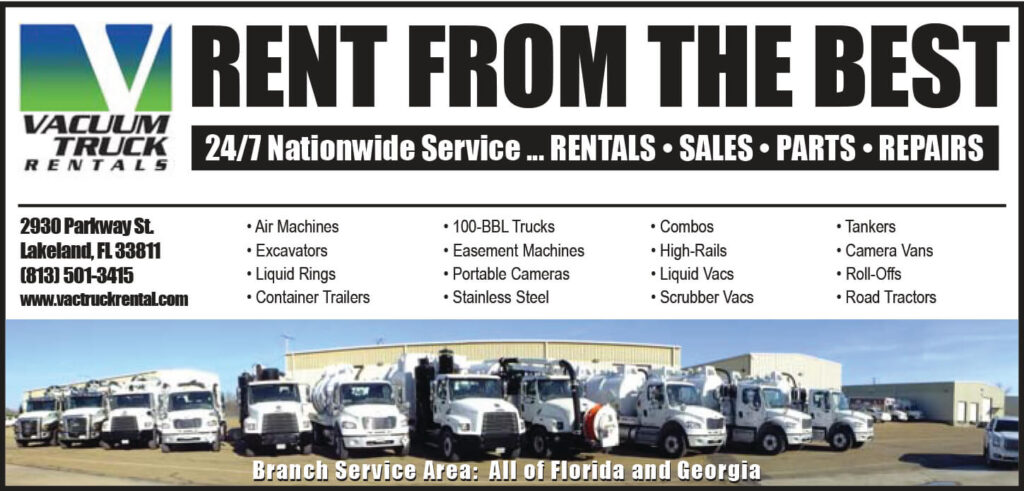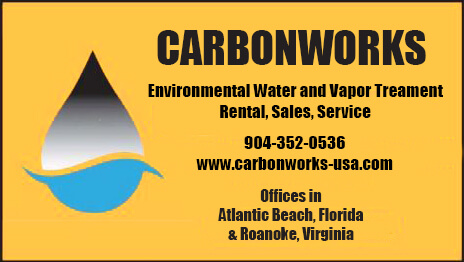Publisher’s Note: The following was generated by the AI program “Chat GPT”. In our opinion, the story lacks specific details and is limited by not being able to aggregate any data from the recent events in East Palestine, Ohio. We thought it was an interesting exercise, nonetheless. Here are the results:
While railways in Ohio and Florida play a crucial role in supporting their respective economies, they can also be the source of environmental disasters.
One of the most significant environmental concerns with railways is the risk of spills and leaks of hazardous materials. In the event of an accident, these materials can pose significant risks to public health and the environment.
In Ohio, one of the most significant railway accidents occurred in 2012 when a train derailed and spilled more than 30,000 gallons of crude oil into the Tuscarawas River.
The spill contaminated the river and caused significant damage to the ecosystem, resulting in long-term environmental and economic impacts. While the railway industry in Ohio has taken steps to improve safety and minimize the risk of accidents, the risk of spills and leaks remains a significant environmental concern.
Similarly, Florida has also experienced its share of railway accidents resulting in environmental disasters.

In 2020, a train derailed and spilled more than 20,000 gallons of fuel in a wildlife preserve in DeLand. The spill contaminated the soil and water, causing significant damage to the ecosystem and threatening the wildlife in the area.
The incident highlights the risks associated with transporting hazardous materials via railways and the potential for significant environmental disasters.
To prevent such incidents, the railway industry has taken steps to improve safety and minimize the risks of spills and leaks.
Railways are subject to strict regulations and safety standards set by federal agencies, such as the Federal Railroad Administration and the Pipeline and Hazardous Materials Safety Administration.
The industry also invests in training programs to ensure that employees are well-trained in safety procedures and emergency response protocols.
In addition to safety measures, the railway industry is also exploring new technologies to minimize the risks of spills and leaks. One such technology is Positive Train Control (PTC), a system that uses sensors and GPS to detect and prevent accidents by automatically slowing or stopping trains in emergencies.
The implementation of PTC has significantly improved safety and reduced the risks of accidents.
Furthermore, Ohio and Florida have implemented regulations and guidelines to prevent environmental disasters resulting from railway accidents.
For instance, Ohio has established a rail emergency preparedness program that coordinates the response to railway accidents, while Florida has developed a Hazardous Materials Emergency Response Plan to respond to incidents involving hazardous materials.
In conclusion, the risk of environmental disasters resulting from railway accidents is a significant concern in Ohio and Florida.
While the railway industry has taken steps to improve safety and minimize the risks of spills and leaks, accidents can still occur, posing significant risks to the environment and human health.
It is essential for the industry to continue investing in safety measures and new technologies to prevent accidents and mitigate their impacts. The efforts of Ohio and Florida to develop regulations and guidelines to prevent environmental disasters highlight the need for a comprehensive approach to managing the risks associated with railways.
By taking a proactive approach, these states can ensure that their railway infrastructure continues to support their economies while minimizing the risks to the environment and human health.●




